
Concept Car of the Week: Ferrari Modulo (1970)
Paolo Martin’s ’crazy dream car’ the Modulo still looks pretty wild today
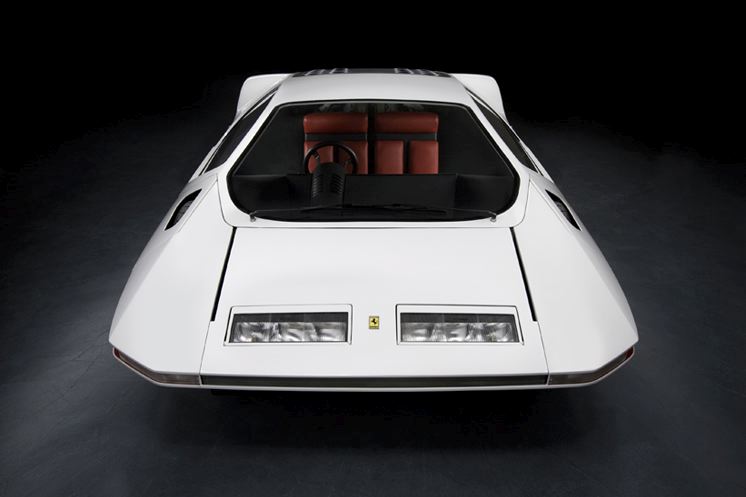
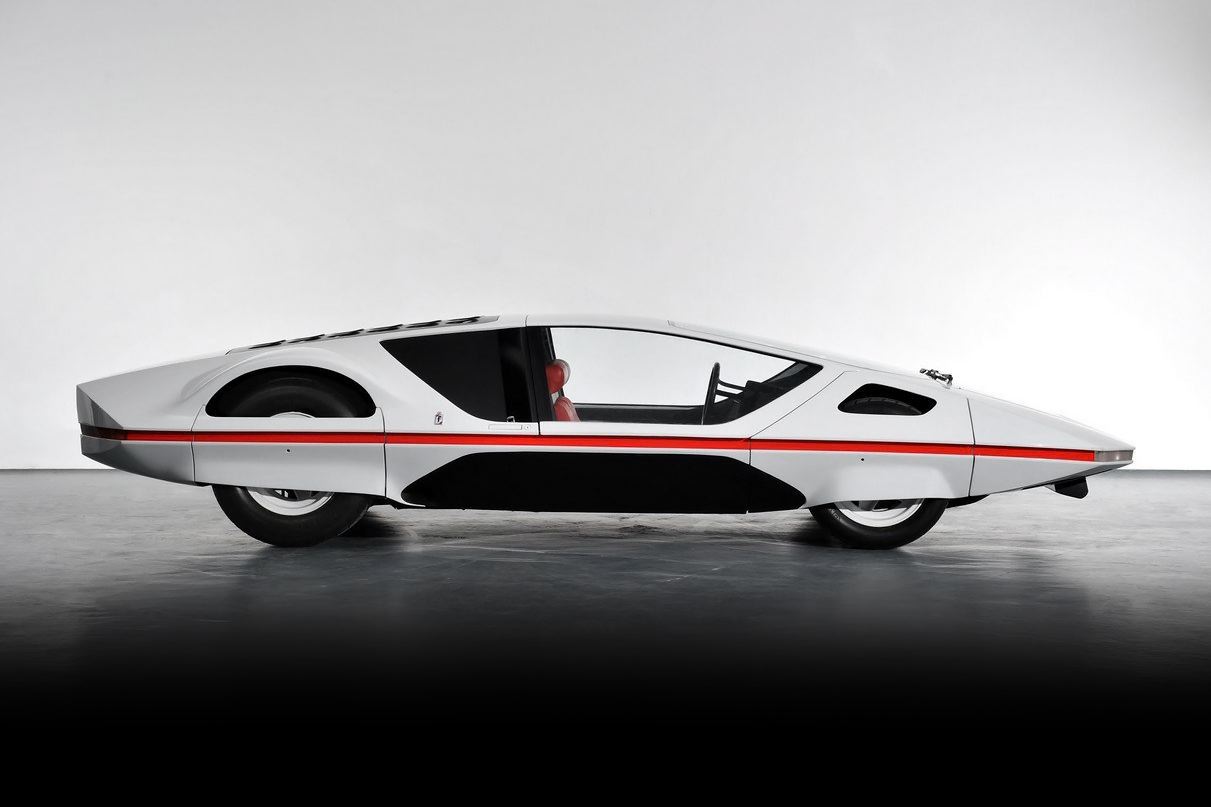
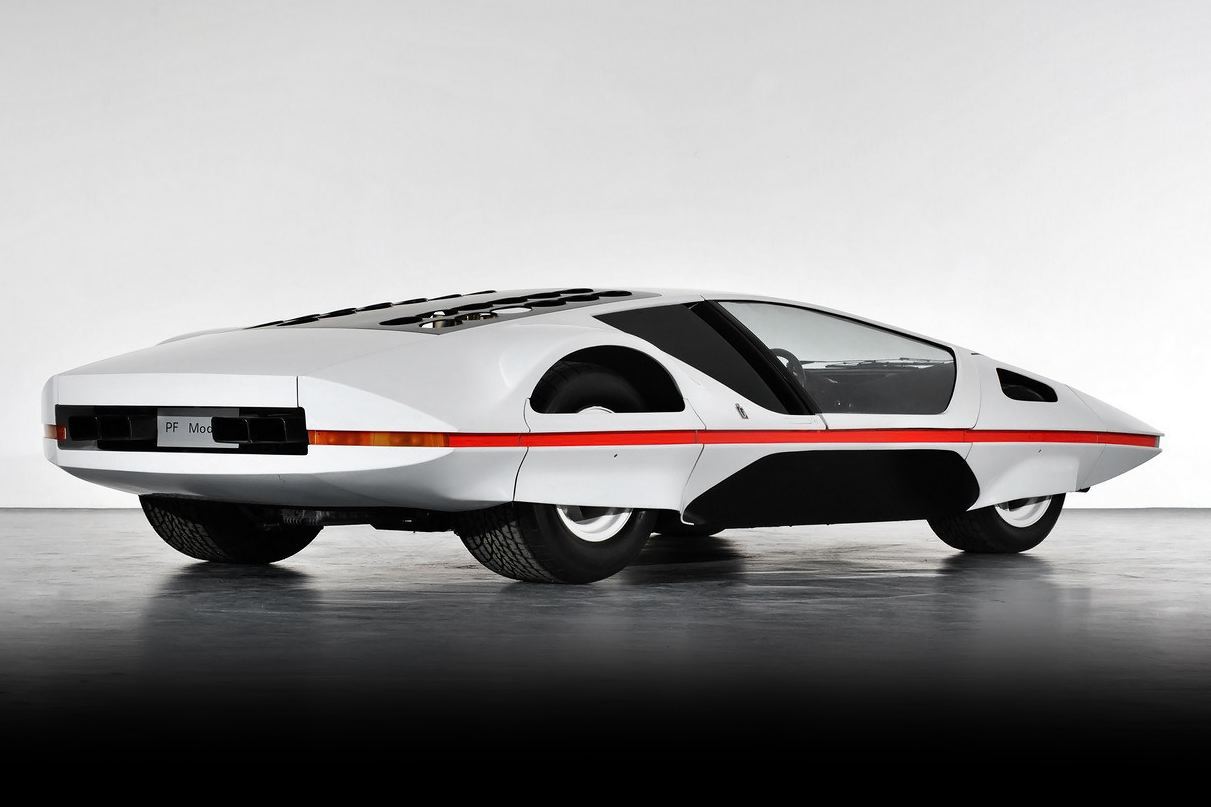
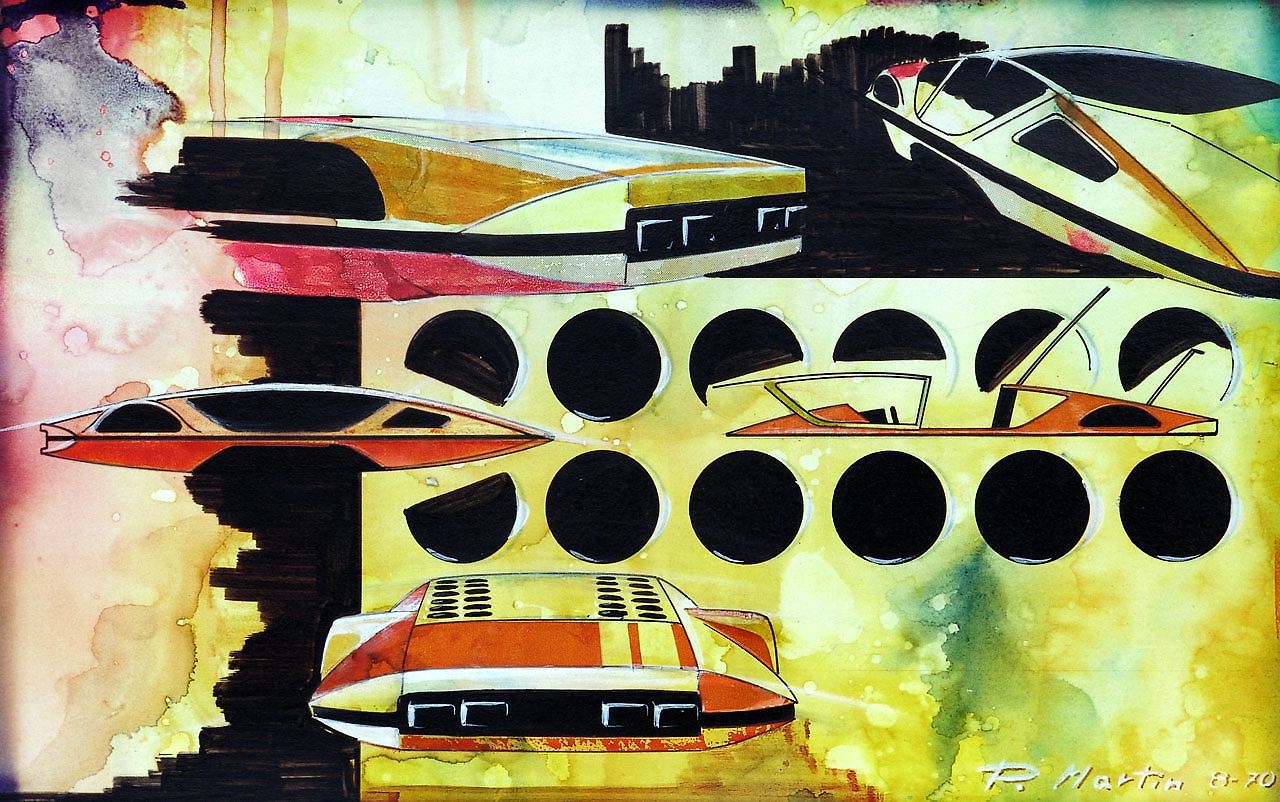
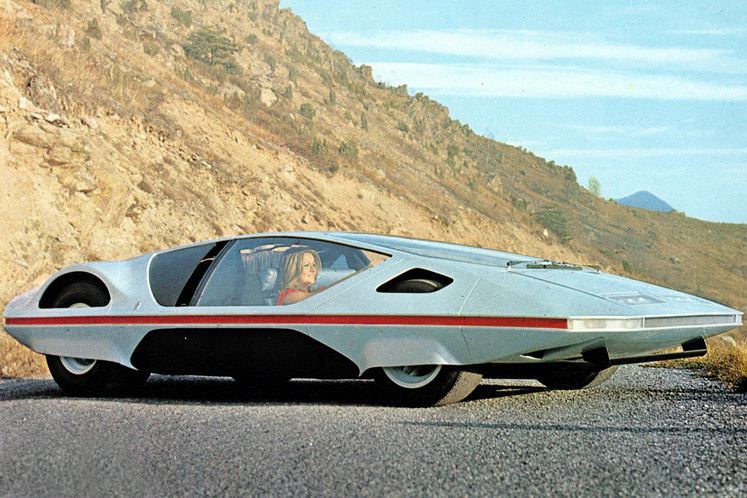
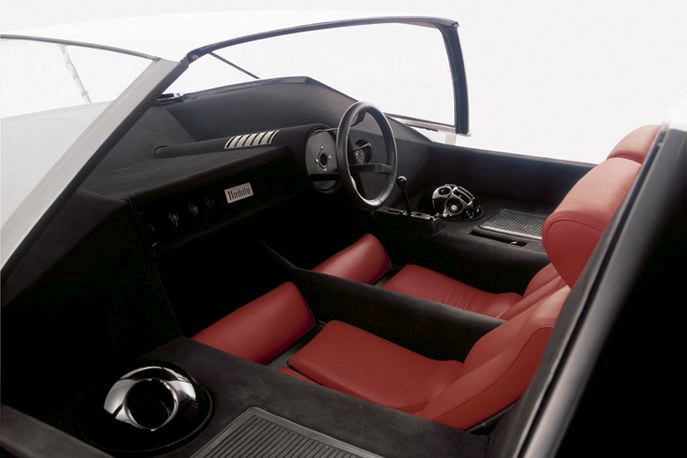
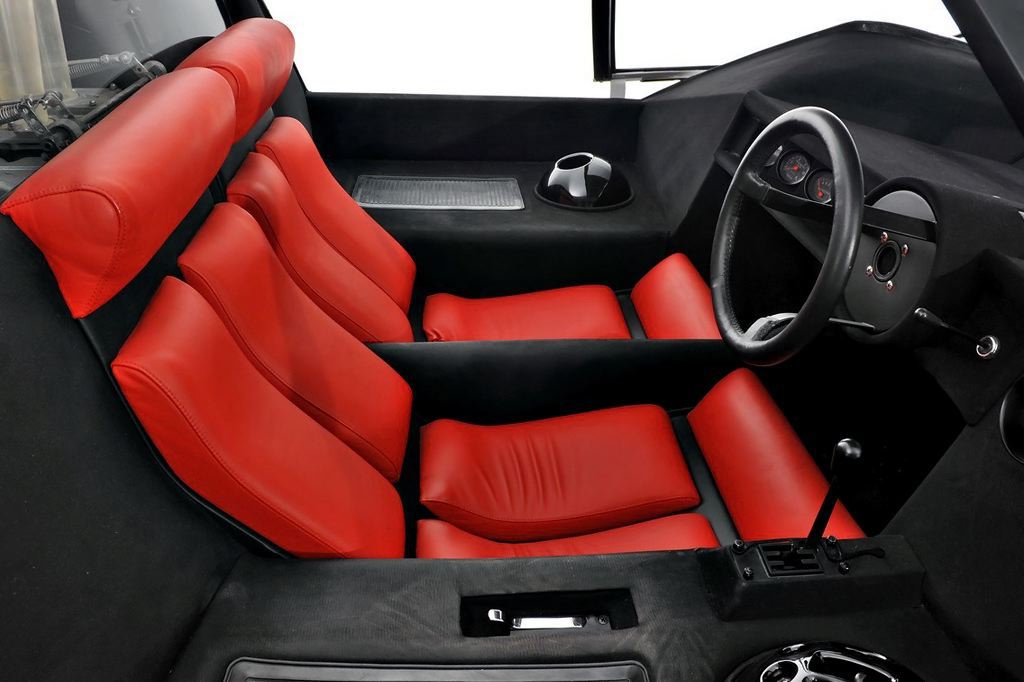
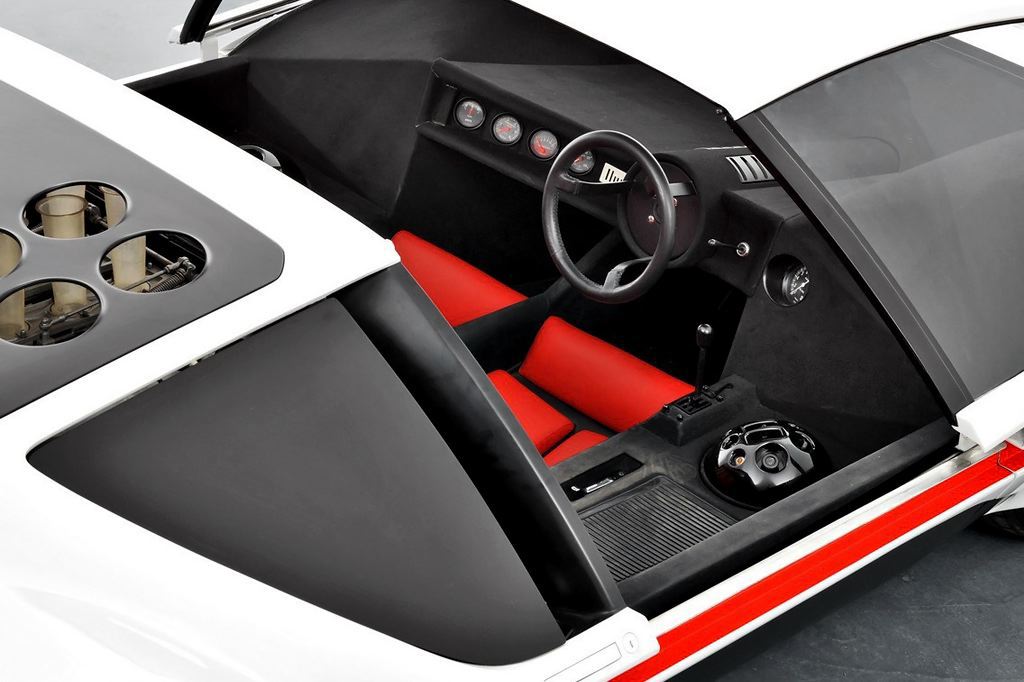
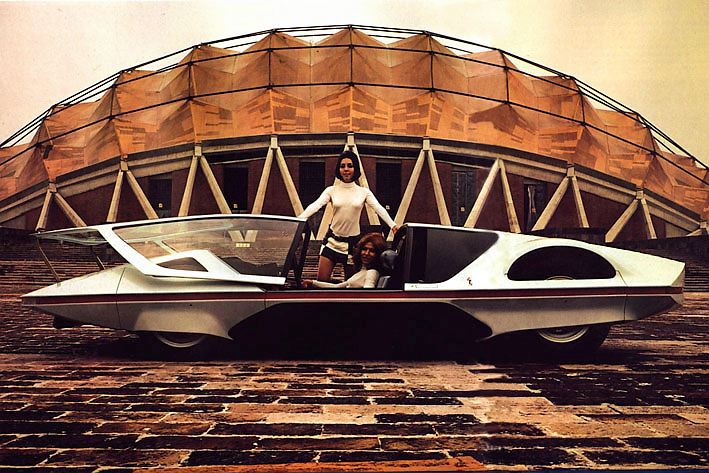

Considering how radical and visionary the Ferrari Modulo still looks today, it is easy to understand the impact it had on car culture when it was unveiled at the Geneva Motor Show 45 years ago.
Its story began in 1968, when Paolo Martin, aged 25, joined Pininfarina. One day, while working on the Rolls-Royce Camargue, he doodled his vision of the craziest dream car he could think of on the lower-right corner of a dashboard technical drawing. He wanted it to be a car that was “the most unique, violent, inimitable and conceptually different.”
The main theme evolved around the symmetrical construction of the car, both vertically and horizontally. This was reinforced by a red graphic seam that joined the top and bottom of the car, and also discretely incorporated the headlights and tail-lights.
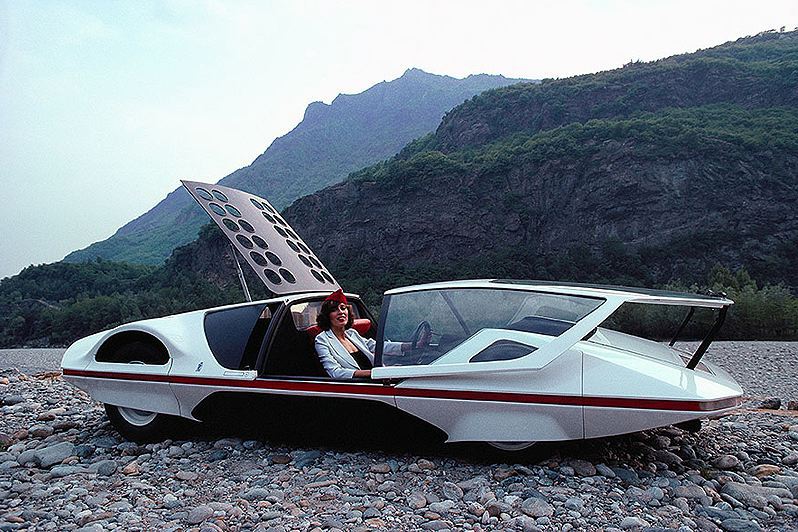
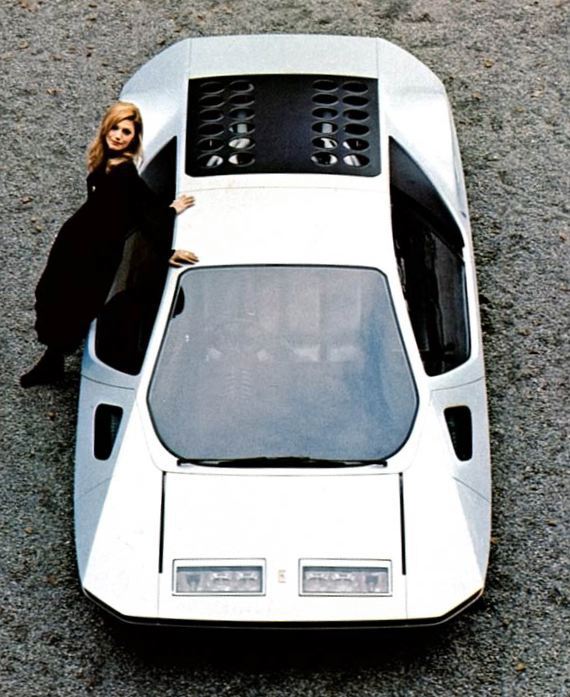
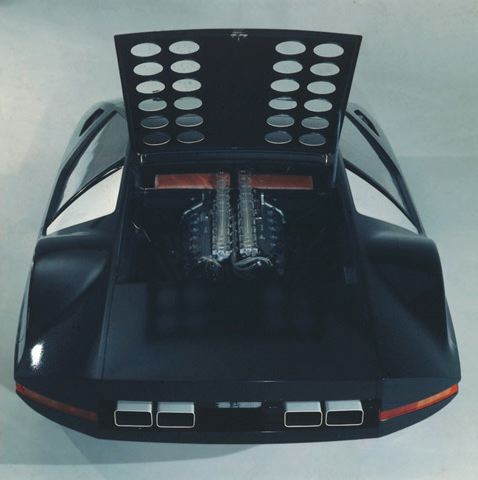
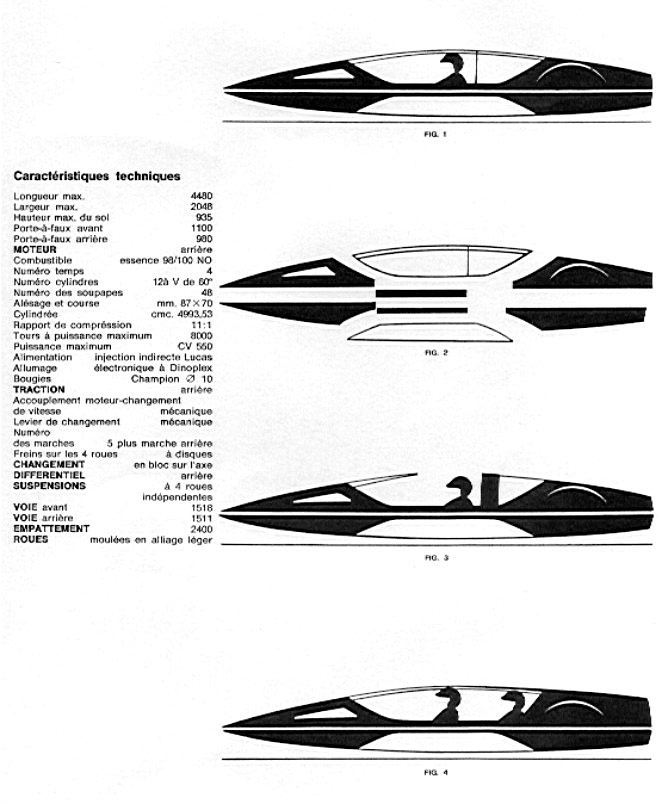
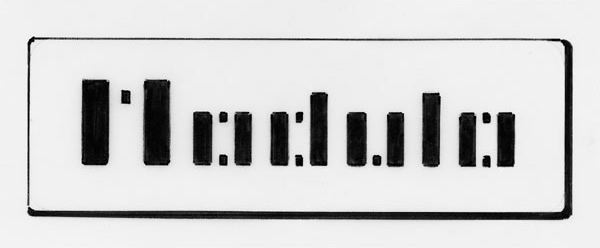

The roofline was made of a simple arc and the front and rear overhangs were identical, deleting any sense of direction or movement; only the rear arches that protruded from the dramatically tapered side panels indicated where the power came from.
The wheels were partially covered, with the top of the tire revealed through graphic cutouts - most of the sketches don’t even show wheels. The absence of this circular visual element in the design certainly adds to the feeling that the Modulo is more of a design object than a car; one that might not be pretty, nor functional, but certainly fascinating.
When Sergio Pininfarina asked Martin why he had drawn such a car, he answered “it’s important that they’ll speak of it.” Pininfarina replied “yes, but they’ll speak ill of it!”
Fueled by passion, this didn’t stop the young designer from building a full-size styrofoam model on his own during the summer holiday, but it failed to convince his management.
The model was put aside under cover in the photographic studio for months until he was finally asked to adapt his design to fit the underpinnings of a Ferrari 512S, chassis number 0864.
As a result, this automobile UFO now featured a 5.0-liter V12 that could breathe in through a perforated engine cover, and breathe out through four exhaust pipes poking through the large rectangular opening in the rear panel. However, only the engine block was fitted, with no internals.
To get in, the entire canopy slid up and forward. The door sills were almost as wide as the seats themselves, leaving very little room for the occupants but a lot of room for spherical turning elements on each side which included various switches and vents. These were actually made from bowling balls that Martin stole from a nearby bowling alley after bribing a security guard.
Just like the exterior, modularity was at the center of the design, with the possibility to convert the two-seater into a four-seater by swapping modules inside and out, hence the name Modulo.
The car was first unveiled in Geneva in 1970. There, it was shown in its original black paint that was still drying when the car rolled on to the show stand. The exterior contrasted with a white interior. The car was later resprayed white with a black interior, as Martin always intended.
The reception was unanimously positive. Show-goers and journalists alike praised its inspirational design and its forward-thinking execution. Sergio Pininfarina later sent a telegram to congratulate Martin and to apologize to him.
The legendary concept was recently bought by Jim Glickenhaus, who announced that, just as he did on the Dino Competizione, the Modulo will be “awakened and made roadworthy.” Expect to hear the Modulo’s new-found voice later in the year.
Designer Paolo Martin
First seen 1970 Geneva Motor Show
Length 4,480mm
Width 2,048mm
Height 935mm
Wheelbase 2,400mm
Engine 4993cc V12, 550bhp, block only
What else happened in 1970?
This was the year that you could take your first commercial flight on a Boeing 747, when Pan-am introduced the plane on its New York to London route. Oscar Niemeyer’s hyperboloid Cathedral of Brasília was inaugurated, and Doctor Who was broadcast in color for the first time. While The Beatles and Simon & Garfunkel split for good in this year, 1970 was the year when Kraftwerk was formed.





































































